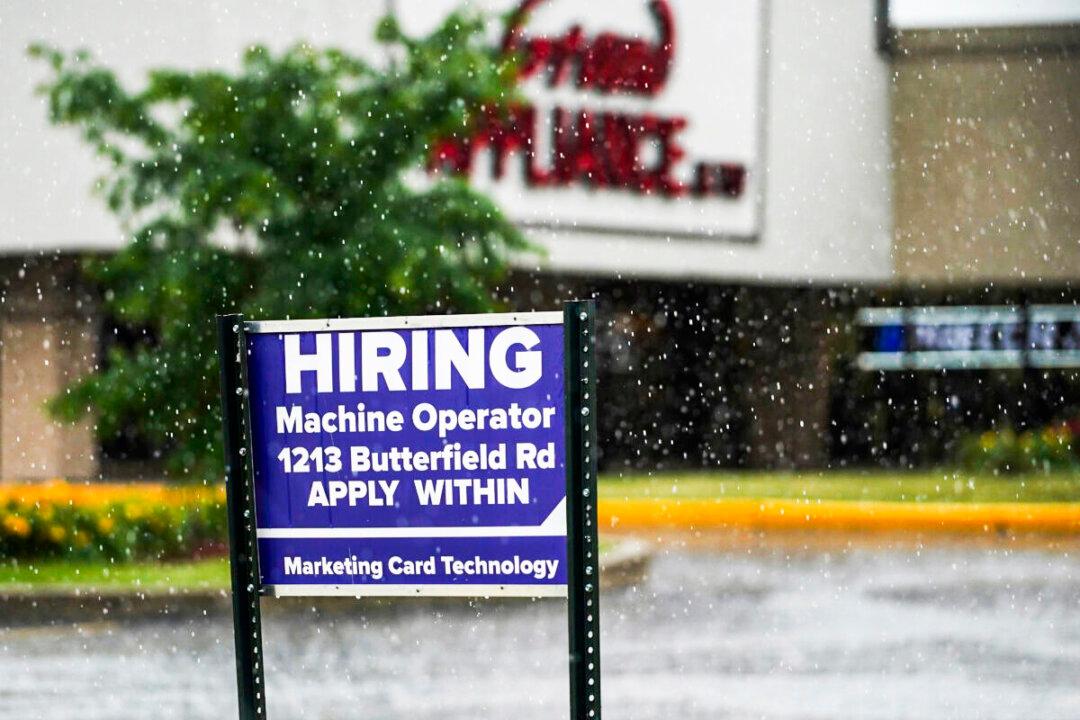U.S. labor output steeply declined in the first quarter of 2022, with its fastest drop in productivity in 75 years, while growth in unit labor costs accelerated, according to a May 5 report from the U.S. Bureau of Labor Statistics
The government report indicated that rising wage pressures would continue to keep inflation elevated for the time being.Nonfarm productivity per hour dropped by 7.5 percent for the first three months of 2022, the worst rate seen in the United States since the third quarter of 1947, shortly after the end of the Second World War.





